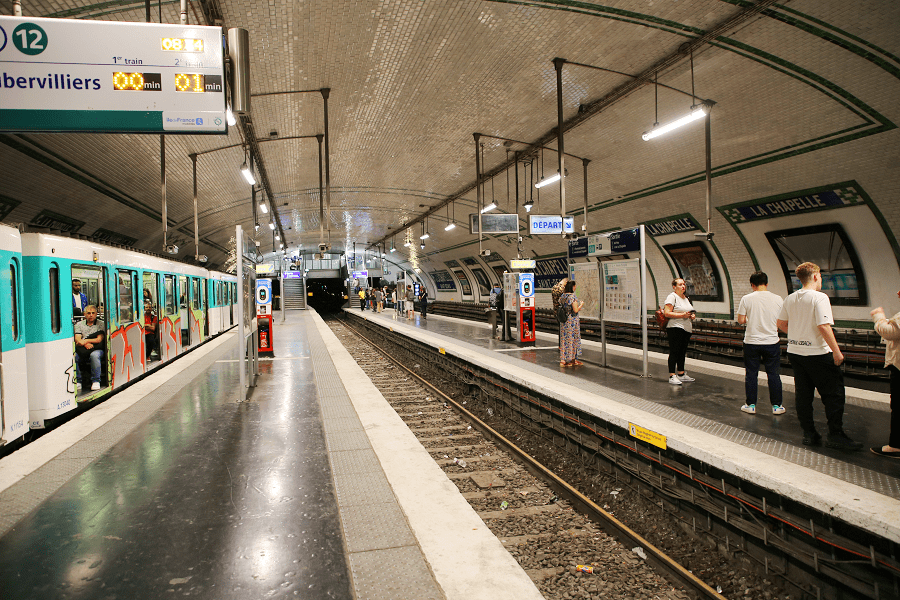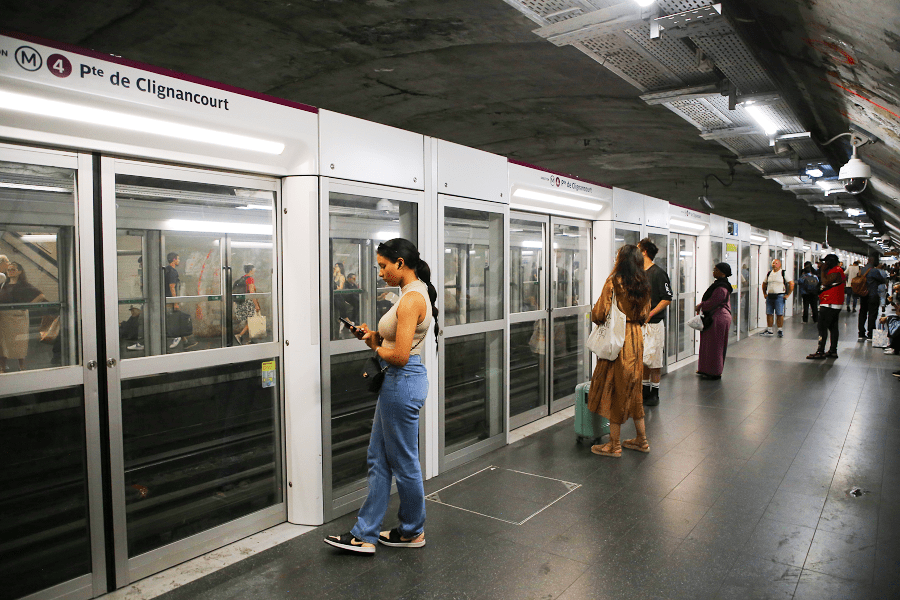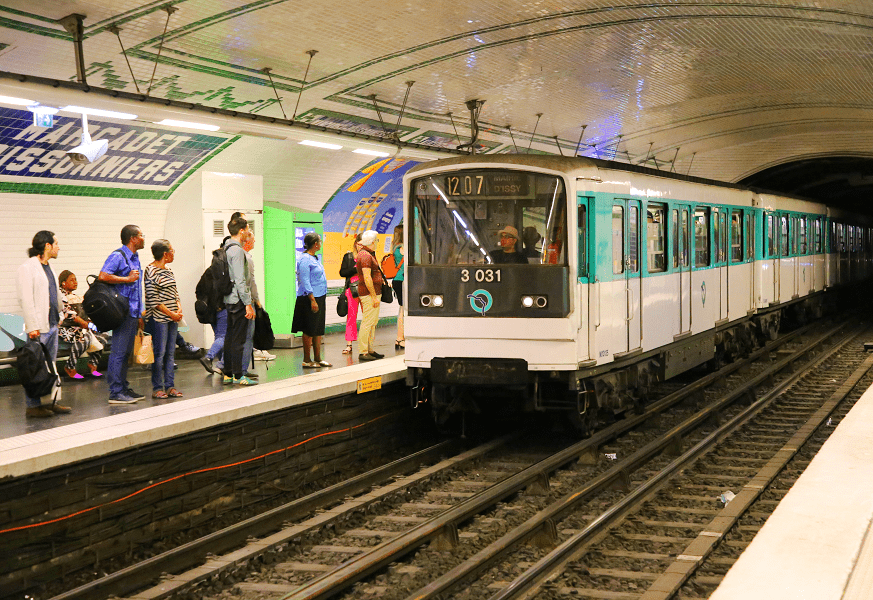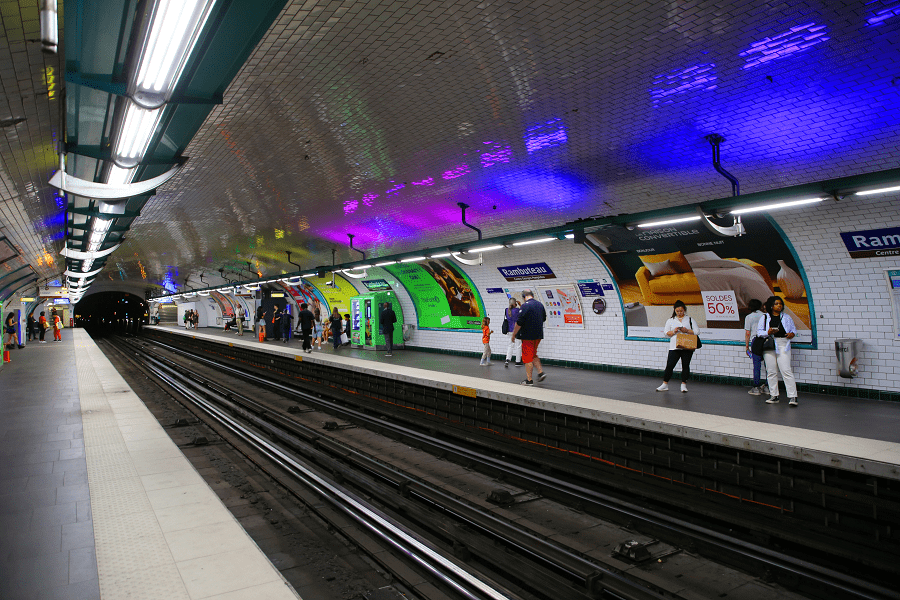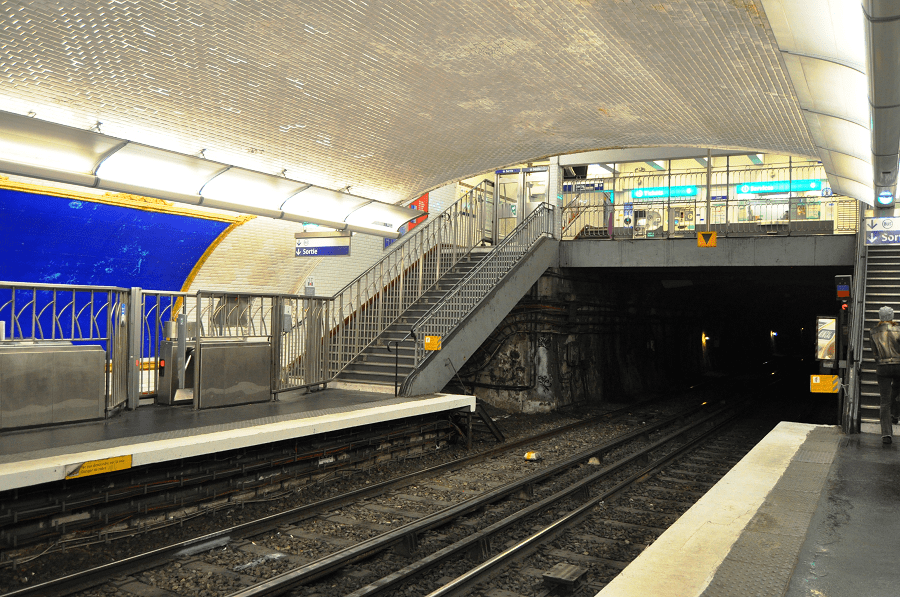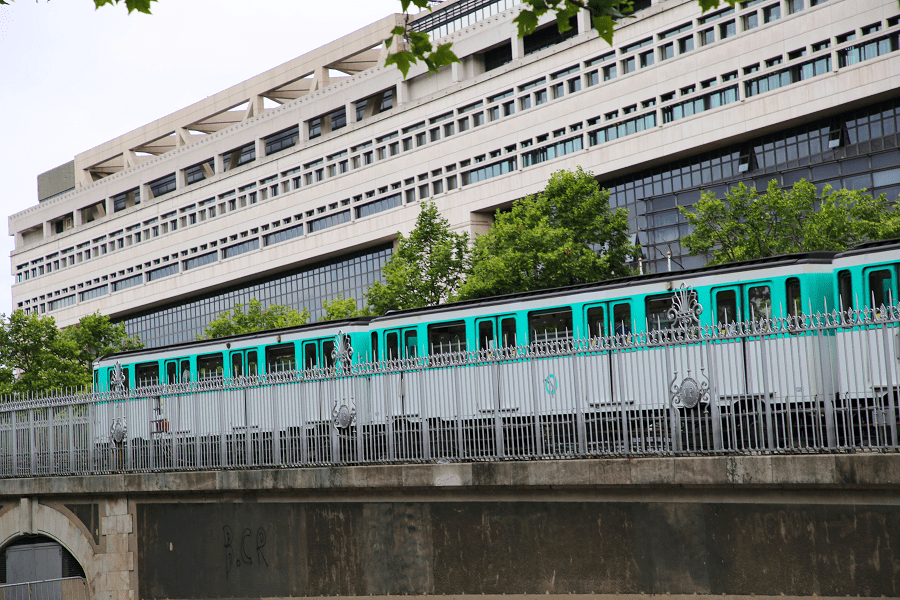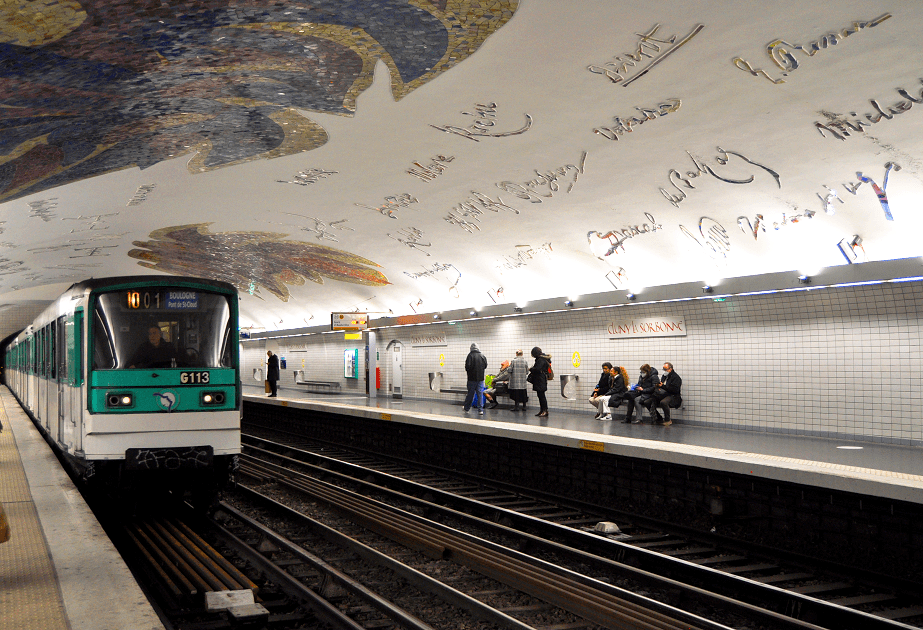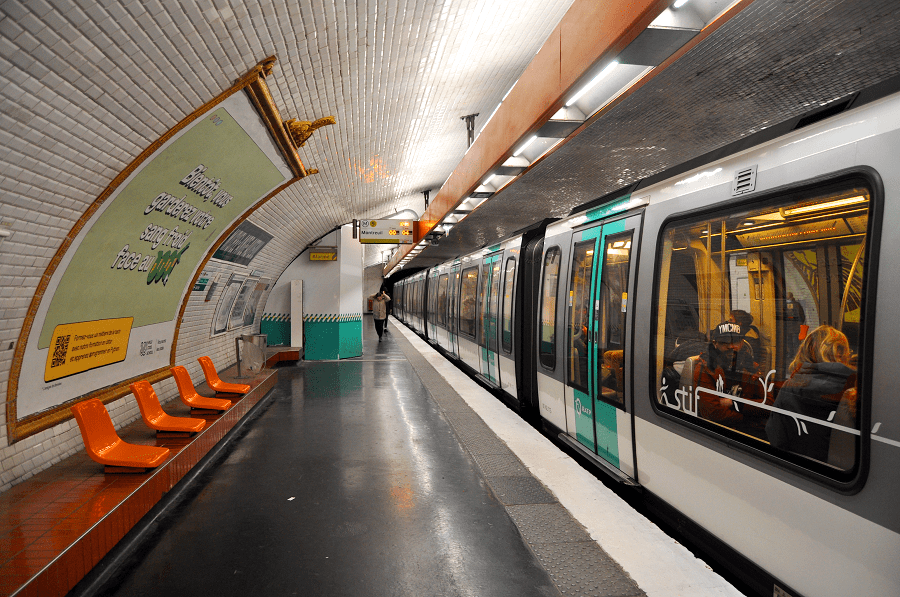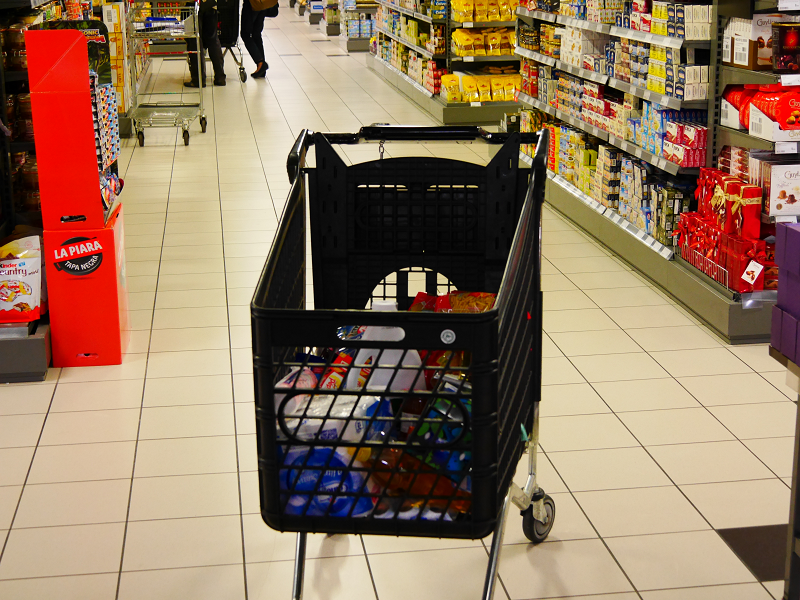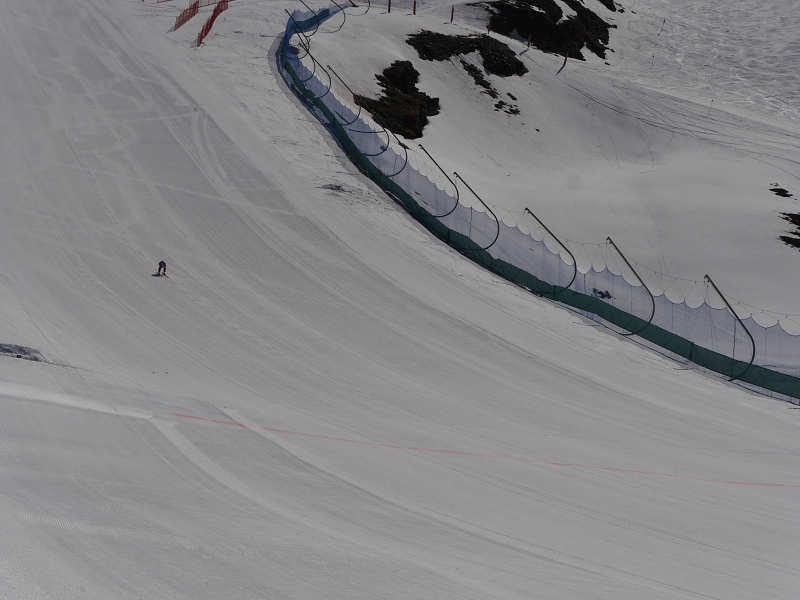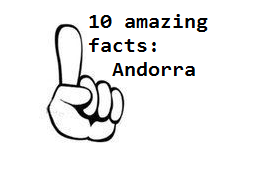The Paris metro is one of the public transport systems serving the city of Paris (France) and its metropolitan area. Operated by the Régie Autonome des Transports Parisiens (RATP), it has sixteen mainly underground lines, totaling 226.9 kilometers and 308 stations. Having become one of the symbols of Paris, it is characterized by the density of its network in the heart of the city and by its homogeneous architectural style influenced by Art Nouveau.
The first line of the Paris metro was built in the run-up to the 1900 Universal Exhibition, inaugurated a few months after the start of the exhibition. The network then rapidly became denser within Paris itself until the Second World War.
After a break in the post-war period, most of the existing lines were extended to the inner suburbs. The choices made in its design limited the possibilities of extending the old lines (short distances between stations), these were supplemented from the 1970s by the regional express network (RER).
At the end of the last century, the Paris metro inaugurated a new fully automated line, line 14, intended in particular to relieve the RER A. Line 1 was subsequently automated in 2011, which will also be the case for line 4 from 2022.
A major project, the Grand Paris Express, is under construction from 2015 and plans to build 200 km of four additional lines by 2030. The metro is also interconnected with other means of transport: 5 RER lines, 8 complementary lines on the Transilien network (suburban trains), thirteen dedicated tram lines, several bus networks and 3 metro lines light automatic vehicle (VAL) type for local airport service.
Trains average 20 km/h (12.4 mph) with a maximum of 70 km/h (43 mph) on all but the automated driverless trains of Line 14, which average 40 km/h (25 mph) and reach 80 km/h (50 mph). An average interstation trip takes 58 seconds.
Trains travel on the right. The track is standard gauge but the loading gauge is smaller than the mainline SNCF network. Power is from a lateral third rail, 750 V DC, except on the rubber-tyred lines where the current is from guide bars.
The loading gauge is small compared to those of newer metro systems (but comparable to that of early European metros), with capacities of between about 560 and 720 passengers per train on Lines 1–14.
Many other metro systems (such as those of New York and London) adopted expanded tunnel dimensions for their newer lines (or used tunnels of multiple sizes almost from the outset, in the case of Boston), at the cost of operating incompatible fleets of rolling stock. Paris built all lines to the same dimensions as its original lines. Before the introduction of rubber-tire lines in the 1950s, this common shared size theoretically allowed any Métro rolling stock to operate on any line, but in practice each line was assigned a regular roster of trains.
A feature is the use of rubber-tired trains on 5 lines: this technique was developed by RATP and entered service in 1951. The technology was exported to many networks around the world (including Montreal, Mexico City and Santiago). Lines 1, 4, 6, 11 and 14 have special adaptations to accommodate rubber-tyred trains. Trains are composed of 3 to 8 cars depending on the line, the most common being 5 cars, but all trains on the same line have the same number of cars.
The Paris Métro runs mostly underground; surface sections include sections on viaducts in Paris (Lines 1, line 2 viaduct, 5, and 6) and at the surface in the suburbs (Lines 1, 5, 8, and 13). In most cases, both tracks are laid in a single tunnel. Almost all lines follow roads, having been built by the cut-and-cover method near the surface (the earliest by hand).
Line 1 follows the straight course of the Champs-Elysées and on other lines, some stations (Liège, Commerce) have platforms that do not align: the street above is too narrow to fit both platforms opposite each other. Many lines have very sharp curves. The specifications established in 1900 required a very low minimum curve radius by railway standards, but even this was often not fully respected, for example near Bastille and Notre Dame de Lorette. Parts of the network are built at depth, in particular a section of Line 12 under Montmartre, the sections under the Seine, and all of Line 14.
Lines 7 and 13 have two terminal branches, while line 7bis runs in a unidirectional loop at one end. One end of lines 2 and 5 each and both ends of line 6 have their terminus station on a balloon loop. One end of lines 3bis and 7bis each have their trains essentially operate this way, but instead reverse. One end of lines 2, 3bis, and 4 have trains run out of service on a balloon loop before reentering service. All other termini have trains continue a certain distance beyond the terminal, before proceeding back to the station on a different platform headed the other way.
Rolling stock
The rolling stock has steel wheels (MF for matériel fer) and rubber-tyred trains (MP for matériel pneu). The different versions of each kind are specified by year of design. Some trains have suffixes to differentiate between them – CC (Conduite Conducteur) for trains driven by a driver and CA (Conduite Automatique) for trains that are automatically driven.
Types of trains
Rubber-tyred trains
Steel wheels trains
See more:




